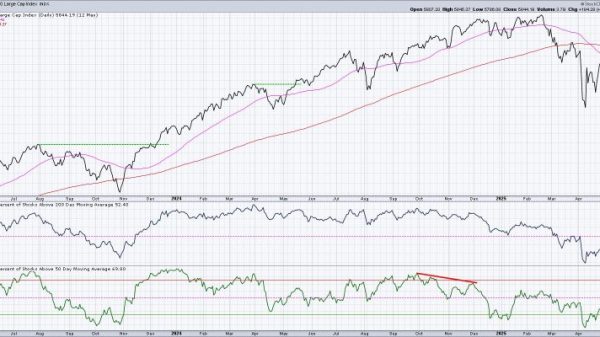How to Evaluate Market Trends for Strategic Asset Allocation
Strategic asset allocation is a key component of successful investment management. In order to create a well-diversified portfolio that can weather market fluctuations, it is crucial to evaluate market trends and adjust your asset allocation strategy accordingly.
One way to evaluate market trends is to analyze economic indicators such as GDP growth, inflation rates, unemployment rates, and interest rates. These indicators can give you an idea of the overall health of the economy and help you determine which asset classes are likely to perform well in the current environment.
Another important factor to consider when evaluating market trends is market sentiment. By monitoring investor sentiment through measures such as the VIX (volatility index) or sentiment surveys, you can gauge whether investors are optimistic or pessimistic about the market and adjust your asset allocation accordingly.
Technical analysis can also be a helpful tool for evaluating market trends. By analyzing price movements and trading volumes, you can identify trends and patterns that can help you make informed investment decisions.
In conclusion, evaluating market trends is a crucial step in strategic asset allocation. By analyzing economic indicators, market sentiment, and technical analysis, you can make more informed decisions about how to allocate your assets and build a portfolio that is well-positioned to achieve your investment goals.




























